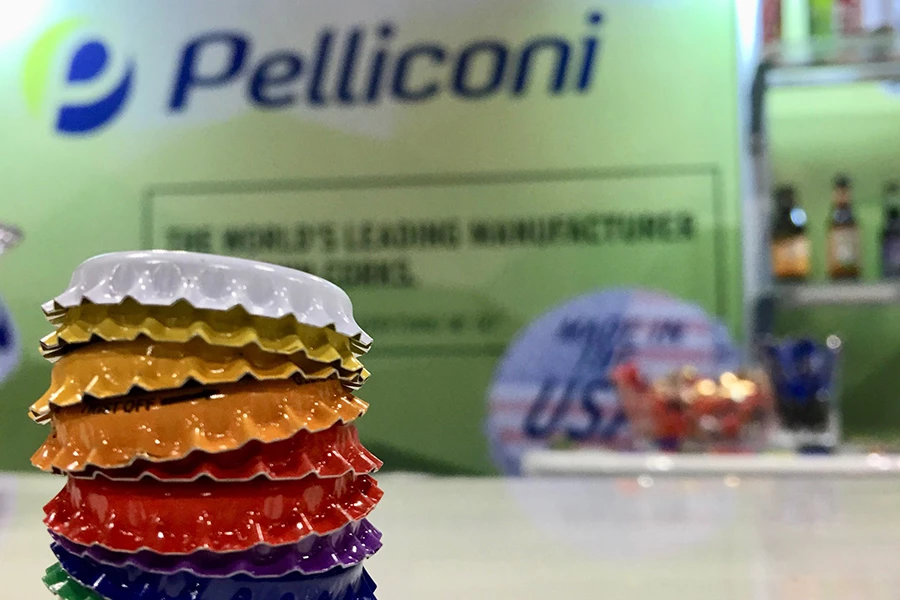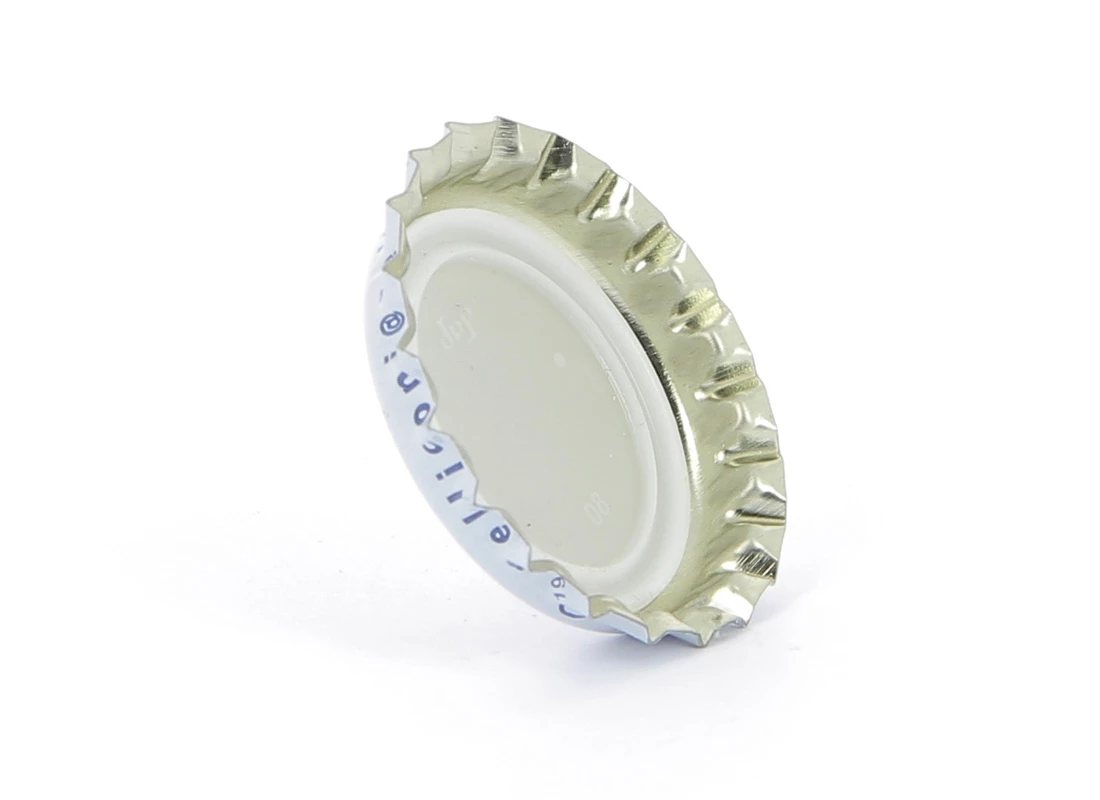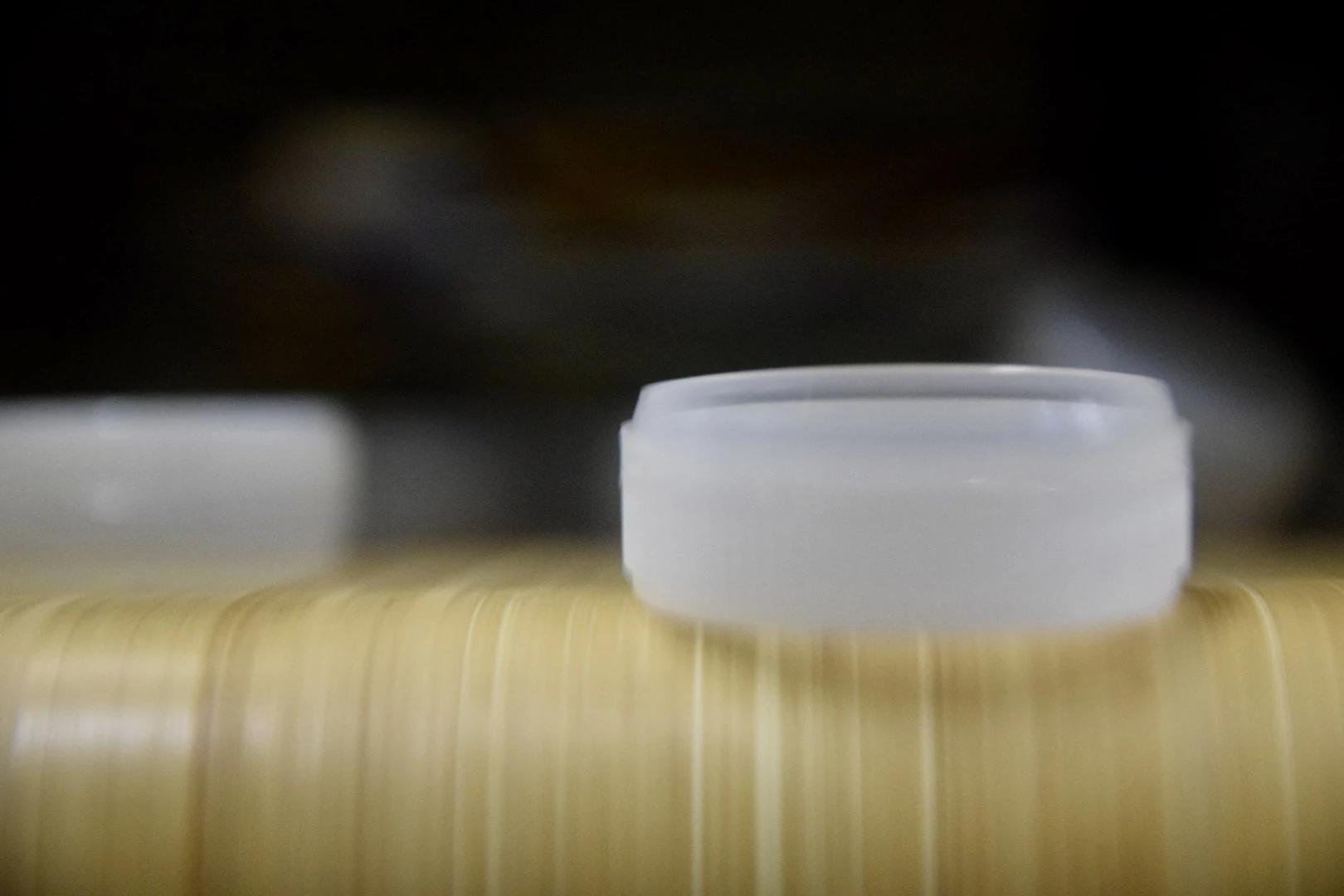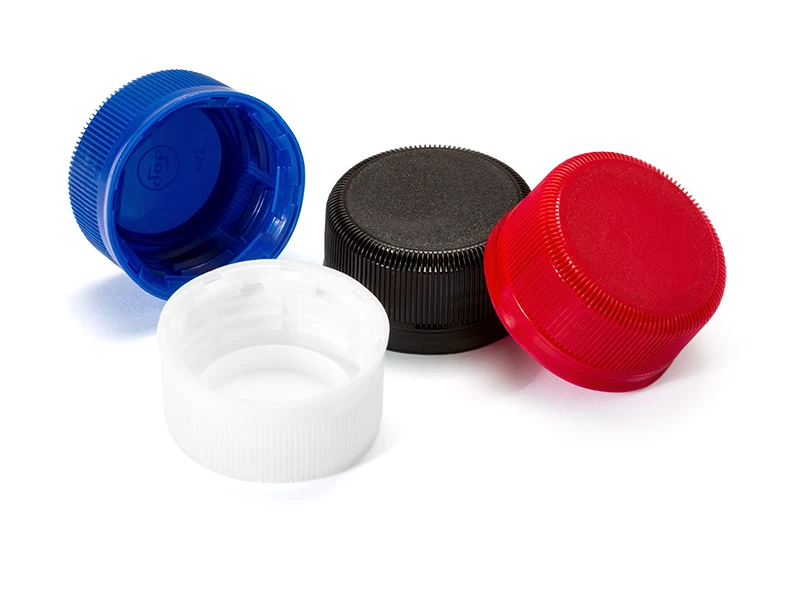The secret of the perfect closure: crown corks from A to Z
Crown cap: a small object of great abilities
Almost no one, while uncorking a bottle, thinks about how much research can be hidden behind a metal closure, that little object which, thanks to its peculiar characteristics, has preserved and protected the flavor and aromas of the drink inside the bottle. It is very often forgotten that until 1892, when the crown cork was patented, all types of liquids, soft drinks and alcoholic beverages, were poured into bottles sealed with cork stoppers and sold in retail. After the market introduction of the crown cap, things changed, and the real revolution arrived in the world of beverages.
The crown cork we know today is an evolution of that very first cap invented by William Painter, it is a closure capable of guaranteeing the best preservation of any type of drink, from water to beer, from soft drinks to wine. Crown caps can offer custom lithographs: from pearly to multicolor, to get to the game of contrast between gloss and matt. All this helps customers to distinguish their brands more easily and launch promotional campaigns.
From diameter to weight, color to seal, everything can be readjusted to create the perfect closure in any situation. The two main variants of crown corks on the market are 26 and 29 mm. The first is the classic closure that seals mainly beers and soft drinks, while the second, slightly larger in diameter, is more visible above wine bottles.
26 mm crown corks for beer and soft drinks
The 26 mm i 26 mm crown cork is ideal for closing beer and any other beverage, natural or sparkling, packaged in glass or aluminum bottles. It can be made with different types of material and is compatible with various production processes. The 26 mm crown can have two opening variants: the traditional opening, also called Pry-off, or the unscrewing solution known as twist-off.
The liner is also a very important choice.
You can find all kinds of liners: there are materials with scavenger function, to remove or reduce the presence of oxygen and thus delay the oxidation of the liquid, thus extending the useful life, or barrier materials to limit the entry not only of oxygen but also of any other volatile substance that could compromise the quality of the drink.
The importance of 29 mm crown corks in wine production
For the world of wine, however, there is a wide range of 29mm crown corks suitable for various stages of the winemaking process. These closures provide maximum pressure sealing and the best airtightness for various types of wines, both sparkling and still. The available compounds have differences in permeability that allow a better control of the aging process according to the type of wine and bottle volume .
The PVC-Free liner, for example, is used in combination with the "Obturateur DAP" (or Bidule) for vinification with the "Traditional Method".
The bidule is a PE insert suitable for the 29 mm mouthpieces of Champenoise and Traditional method bottles. For Traditional Method wine producers, the bidule is a huge facilitator of disgorgement operations, the important phase in which the still and aged wine is opened to be transformed into sparkling wine. The alternative, produced in a single solution is called "Opercule".
This closure has a small container for the wine lees which becomes a single body with the closure, this way there is no need for a bidule.
Wine-making tradition favors the use of cork for marketing reasons, but in reality it is the crown cork that guarantees the maintenance of the authentic taste of the wine and the more persistent bubbles, without the risk of contamination by the cork.
Precisely for this reason, large wine producers choose crown corks for their bottles, skipping the disgorgement phase for fermented wines or choosing the 29 mm crown cap for still wines.













